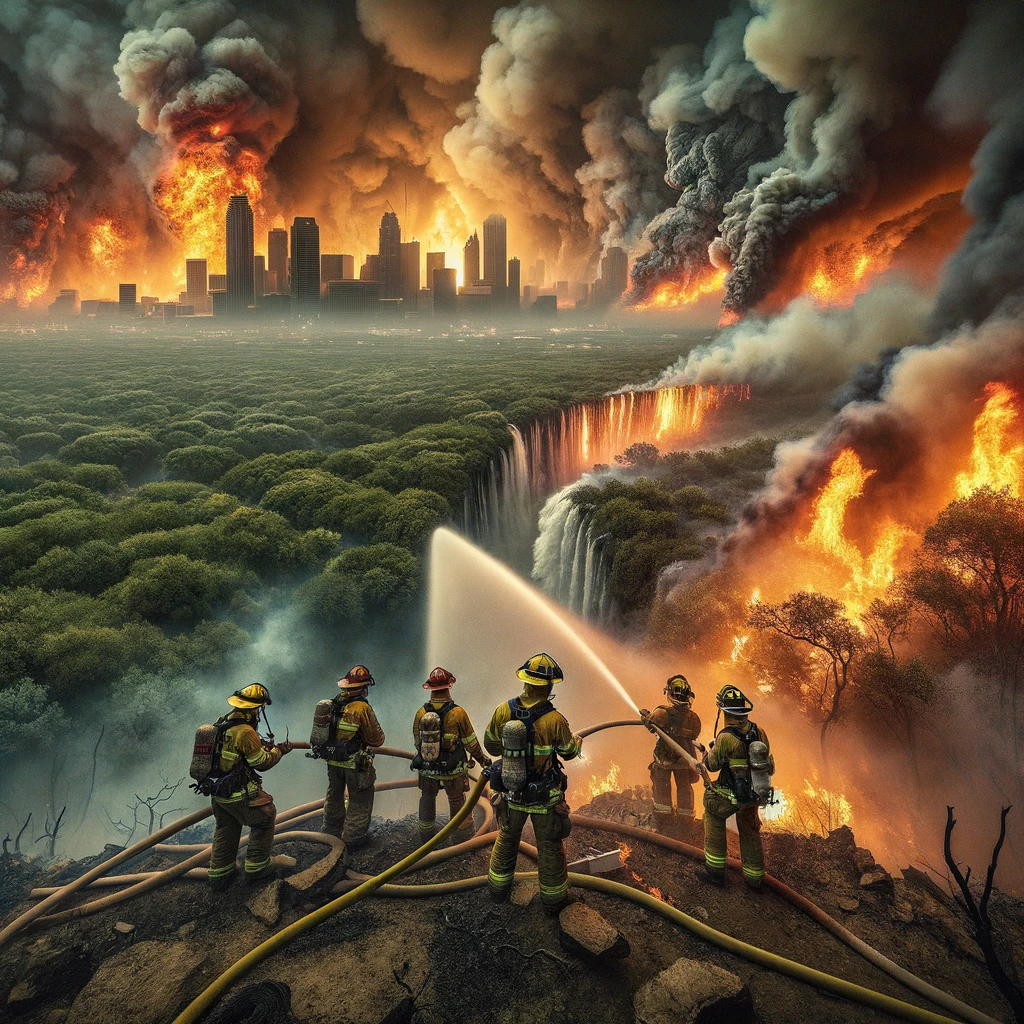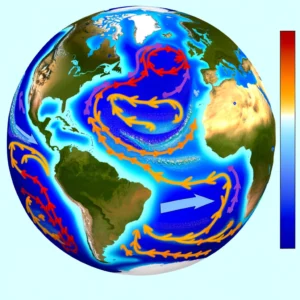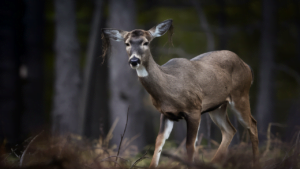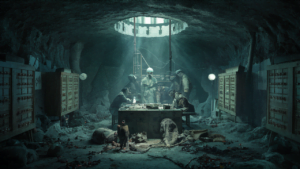Wildfires are not uncommon incidents in the vast landscapes of the United States; however, they are usually associated with states like California or Colorado, which are notorious for hot, dry conditions conducive to fire. Yet, in an alarming trend that has stirred both fear and concern among residents, experts, and environmental advocates alike, Texas, the expansive state known for its diverse ecosystems and sprawling urban centers, has been experiencing increasingly devastating wildfires.

The Lone Star State has been ablaze, with wildfires scorching large swathes of land, consuming everything in their path. The ferocity and frequency of these fires have escalated, and what was once considered rare has become a distressing norm, with each news cycle bearing grim tales of loss and destruction. Images of towering flames and smoky horizons serve as visceral reminders of nature’s unforgiving force.
Skyrocketing temperatures, prolonged drought conditions, and shifting weather patterns have compounded to form a perfect storm for wildfire ignition and spread. Texas, historically known for its extremes in weather, has seen a pattern of fluctuations that have become increasingly unpredictable, thus exacerbating the risk of fires. These conditions, interlaced with human activities such as arson, unattended campfires, and sparks from machinery or vehicles, have led to wildfires that defy containment efforts.
As per recent reports, the percentage of Texas impacted by these natural infernos has been staggering, with figures suggesting that thousands of acres of land have been consumed. The fires, when they occur, leave behind a scarred landscape, sometimes stripping away the soil’s capacity to support new growth for years to come. The ecological fallout, with loss of habitat for wildlife and a destabilized ecosystem, is simply devastating.
In the human sphere, the toll is equally severe. Homes and communities have been engulfed in mere moments, centuries-old ranches reduced to ash, and the stories of displacement and sorrow are heartbreakingly numerous. From the Panhandle to the hill country, from the eastern forests to the western deserts, no region has been spared. And with each fire, there is the cost in human lives—firefighters risking it all to contain the blazes and citizens caught in the unpredictable paths of the flames.
The stress on the state’s firefighting resources is palpable. Local fire departments, often made up of volunteers, are stretched to their limits. State and federal agencies are regularly deployed to assist, but the sheer number of fires has called for a reevaluation of strategies and resources. There is an urgent need for more funding, better equipment, and, crucially, a comprehensive plan to combat and prevent future outbreaks.
Insurance claims are surging as residents and businesses seek to recover from the losses, placing a significant strain on the industry. The economic impact is profound, not only in the immediate cost of rebuilding but also in the long-term effects on property values, tax revenues, tourism, and agriculture—a critical component of Texas’s economy.
The subject of climate change invariably rises in discussions about the increase in wildfires. Many scientists and environmentalists argue that what we’re witnessing is a direct consequence of a warming planet. The link between severe weather and the uptick in wildfires has become a rallying cry for those advocating for more stringent environmental policies and proactive climate change mitigation efforts.
These devastating events are pushing communities towards a rethink about how they co-exist with their changing environment. Questions about land use, firebreaks, the integration of fire-resistant materials in construction, and the maintenance of electrical grids are becoming increasingly urgent. Education on fire prevention and preparedness is being ramped up, in the hope that more can be done at a grassroots level to mitigate the risks and repercussions of fires.
The attrition wrought by these fires is visible in the ashen fields and the smoke-drenched skies, but it’s also evident in the faces of those who’ve lost their homes, their livelihoods, their sense of security. It’s a sorrow that’s difficult to articulate, a worry that the next fire season—viewed with a mix of dread and resignation—could bring even greater havoc.
As Texas grapples with the immediate crisis of wildfires, the call to address the root causes becomes more desperate. People are yearning for solutions that may prevent this kind of devastation in the future, and there is a clear consensus that inaction is not an option. The landscape of Texas is changing, both literally and figuratively—the wildfires ensuring that the reality of life in this proud state will never be the same.
In the face of adversity, the spirit of Texans has always been indomitable. Yet, even the hardiest of souls can’t help but feel a sense of trepidation as they gaze upon their beloved land, now so vulnerable to flames. The hope is that the trials faced today will lead to a better understanding and a stronger defense against the wildfires of tomorrow.
But until then, the worry remains—how many more orange skies and ash-laden grounds must there be before the tide turns in this fiery struggle?
With an unending resolve to confront these challenges head-on, Texans continue their fight, clinging to the hope that resilience, innovation, and collective action will eventually restore peace and security to their scorched horizon.
As the world watches, and as scientists and policymakers debate, the lives of many hang in the balance. The growing concern cannot be overstated, and it is paramount that attention is paid, resources are marshaled, and actions are taken to ensure that the land and people of Texas can flourish once more, free from the fear of wildfires.
Citations:
1. Texas A&M Forest Service. (2021). Fire Activity. https://tfsweb.tamu.edu/CurrentSituation/
2. U.S. Drought Monitor. (2021). Texas. https://droughtmonitor.unl.edu/CurrentMap/StateDroughtMonitor.aspx?TX
3. Insurance Council of Texas. (2021). Wildfire Resources. https://www.insurancecouncil.org/wildfire-resources
4. National Interagency Fire Center. (2021). Incident Information. https://www.nifc.gov/fire-information/statistics/wildfires
5. Climate Assessment for the Southwest. (2021). Texas. https://www.climas.arizona.edu/sw-climate/us-state/texas
Insider Release
Contact:
DISCLAIMER
INSIDER RELEASE is an informative blog. This blog discusses various topics. It is emphasized that the ideas and concepts, although based on research from official sources, result from free evaluations by the writers. The BLOG, in full compliance with the principles of information and freedom, is not classified as a press site.












This article on the rising wildfire crisis in Texas paints a stark picture of the challenges and devastating impacts facing the region. The detailed accounts of loss, resilience, and the heroic efforts of firefighters are both heart-wrenching and inspiring. It’s a crucial reminder of the urgent need for comprehensive action to address climate change and improve wildfire management and preparedness. Highlighting innovative solutions and community engagement strategies offers a glimmer of hope. A must-read for anyone concerned about the environment and the increasing frequency of wildfires globally. Further discussion on policy changes and technology advancements to mitigate these disasters would be highly beneficial.